
ITLoo
gamer level 4
1523 xp
1523 xp
followers
16
16
Use my invite URL to register (this will give me kudos)
https://boardgaming.com/register/?invited_by=itloo
profile badges




recent achievements

Gamer - Level 4
Earn Gamer XP to level up!
Earn Gamer XP to level up!

Arrowhead
Explore select games by completing a series of exploration actions. learn more »
Explore select games by completing a series of exploration actions. learn more »

Critic - Level 2
Earn Critic XP to level up by completing Critic Quests!
Earn Critic XP to level up by completing Critic Quests!

Advanced Grader
Grade 100 more reviews or tips by clicking "Yes" or "No" in response to the question "Was this helpful?"
Grade 100 more reviews or tips by clicking "Yes" or "No" in response to the question "Was this helpful?"
Player Stats
Critic (lvl 2)
310 xp
310 xp
Explorer (lvl 1)
257 xp
257 xp
Professor (lvl 1)
187 xp
187 xp
Reporter (lvl 1)
122 xp
122 xp
About Me
I'm an all-around gamer. I play board games, card games, video games, and everything in between. My favorites include Small World, Munchkin, Dominion, Saboteur, Castle Panic, and RoboRally.


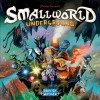





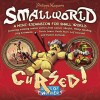
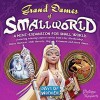


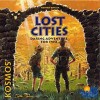








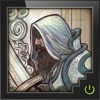

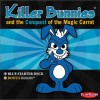




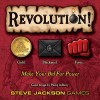




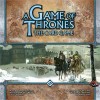



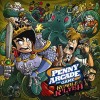








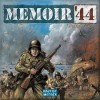

City of Remnants
Your homeworld has been destroyed and you have been sold as a slave, living among what little remains of your species. You now live on an unfamiliar alien world overrun with Yugai, an alien race*bent on capturing all that remains of the universe. Do you have what it takes to rise up? To take back the planet? Welcome to City of Remnants by Plaid Hat Games.
In City of Remnants you play as one of four gangs who are out to gain renown and take over the underdwellings of the planet. To gain control you must buy and produce developments including weapons factories, prostitution dens, and slave traders. Choosing your gang can be a little tough because each gang plays completely different. Each gang comes with a deck of ten unique cards. As you play, your deck will be getting larger so it is wise to spend money on units early in the game. Just be mindful though, because a unit’s usefulness depends on the color of your gang. The yellow player, for example, is great at accumulating cards and cycling through the deck quickly. The green player is more of a defensive player and the red player can easily dominate the board by force. This shouldn’t stop you from trying a strategy of your own though. There are many ways to win besides following your gang’s suggested playstyle.
Along your path to power and escaping slavery you will encounter rival gangs, along with the Yugai themselves. How you build your gang and empire is completely up to you. Each other player will be trying to attack you and steal your developments. It’s a game of bluffing and risk when it comes to dealing with your foes.
City of Remnants is played in rounds. At the beginning of each round, players reconstruct their hands and then are given money to spend. From here, players take turns completing actions including recruiting gang members, buying developments, producing goods which can be sold for cash, moving on the board, and buying black market items. Picking your actions is a chore in itself. Each player gets four actions a turn in preparation for enemy attacks. Unfortunately, other players are not your only enemies. No, every round a player must draw two Yugai coordinate cards and then place Yugai units on the map. If you are in a space where the aliens land, you must fight them or bribe them. Bribing them is easy, but fighting can be a real pain. Even if you do amass a high enough attack to defeat them, you then must roll a die to resolve the conflict. Roll a three or below and something bad happens, such as losing credits or having to draw a new coordinate card. Roll a four or higher and you could land yourself a big reward like more renown.
After fighting the aliens, players receive renown for any developments they control, and a new round begins. The game ends when the pile of renown has been depleted. At first this may seem like the game would take forever, but as players start controlling more developments and begin to buy renown, the game starts to quicken. The recommended time on the box says between 60-90 minutes, but you can expect at least a two hour game for your first time playing through as you get used to the mechanics.
The first thing you will notice when opening the box is that the game comes with a lot of pieces. You will be using most of these pieces, so a large table is recommended as a play space. Each gang comes with plastic figures, a gang mat, and their own deck of cards. Each game you will play a random set of developments, so the replayability is quite high. The game is of sturdy construction and there are more plastic bags inside the box than you’ll know what to do with.
What makes City of Remnants so great is that it takes a lot of mechanics from other games and improves upon. You’ve got elements of deckbuilding, gambling, bluffing, and tactical warfare. I would compare it to a mix of Small World, Epic Duels, and Dominion. While this game may be a little dark for kids, it’s a great game for you and 2-3 of your buddies. I can’t recommend this game highly enough